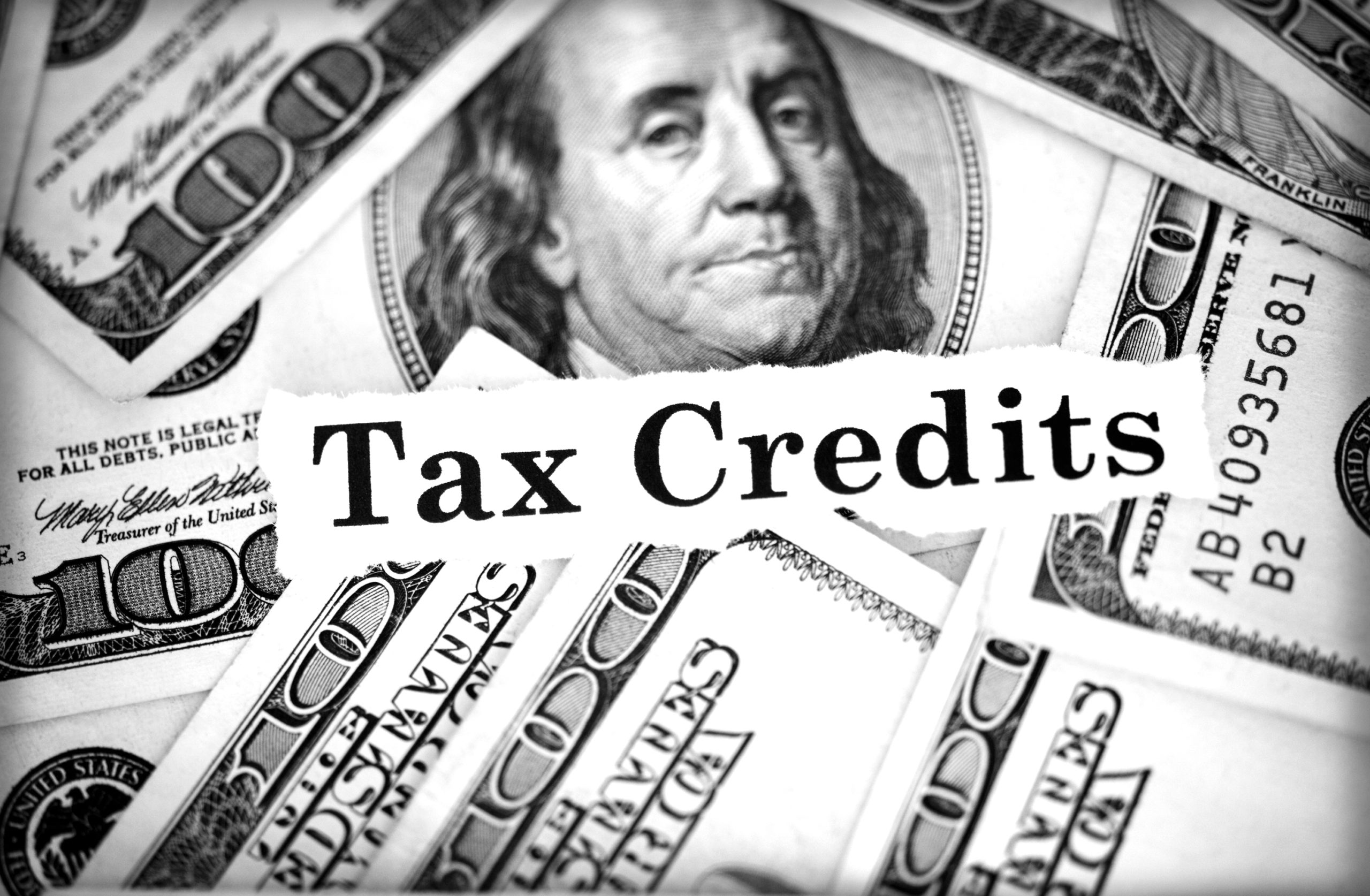03-23-2020 |
Employer Payroll Tax Credits for COVID-19
By: Christopher Nuss

Updated 4/1/2020
On March 18, 2020, President Trump signed the “Families First Coronavirus Response Act” into law. The law, which will go into effect on a date chosen by the Treasury Secretary (no later than April 2, 2020), creates two new federally-required employee benefits. BrownWinick has previously written about the new law in detail. The targeted benefits for employees are generally the following:
- Required Paid Sick Leave — Eighty hours of emergency paid sick leave to employees who are unable to work for certain specified reasons related to COVID-19.
- Public Health Emergency Leave — After 10 days of unpaid sick leave, employees receive a period of paid leave if they need to take care of minor children (under 18) whose school or child-care provider is closed due to COVID-19.
Notably, employers may not be required to offer the COVID-19 paid leave benefit(s) if they meet a small business exception. This exception is limited to employers with fewer than 50 employees that can show the paid leave benefit would “jeopardize the viability of the business.” Regulations have not yet been released about what employers need to show to meet this exception, but additional guidance is forthcoming.
Payroll Tax Credits
To offset the burden on employers associated with these two new employee benefits, the Act exempts wages paid due to the employee benefits from the employer’s Social Security tax obligations and creates a credit to payroll taxes for affected employers. Generally, employers are required to pay and withhold Social Security taxes (currently 6.2% for the employer and 6.2% for the employee) and Medicare taxes (currently 1.45% for both the employer and employee).
The Act exempts wages paid under the new employee benefits from the employer’s portion of the Social Security tax and includes new payroll tax credits that could reduce an employer’s portion of payroll taxes to $0, perhaps as early as the first quarter of 2020. Employers are still required to remit their portion of Medicare taxes (unless the credits exceed liability) and are also required to withhold an employee’s portion of payroll taxes under the Act.
Additionally, because the credits are refundable, an employer may be able to receive cash if their qualified leave wages/expenses exceed their employer’s payroll tax liability for the quarter. There are certain caps on the credits:
- Required Paid Sick Leave.
- For an employee that misses work because he or she is symptomatic, has COVID-19, or must self-quarantine, there is a $511 per day cap on the payroll tax credit, up to $5,110 in the aggregate (a 10-day benefit).
- For an employee who is caring for someone with COVID-19, or is caring for a child because the child’s school or place of care is closed, or the child care provider is unavailable due to COVID-19, the payroll tax credit is capped at $200 per day, up to $2,000 in the aggregate (a 10-day benefit).
- Public Health Emergency Leave.
- For an employee that is unable to work because of a need to care for a son or daughter because the child’s school or place of care is closed or unavailable due to COVID-19, there is a $200 per day cap on the payroll tax credit, up to $10,000 annually (a 10-week benefit). The credit is not allowed with respect to unpaid leave.
If the caps discussed above do not eliminate the employer’s payroll tax liability, the payroll tax credits also include qualified health plan expenses paid or incurred by the employer to provide and maintain a group health plan. There are similar credits to the above for self-employed individuals.
The amount of any payroll tax credits will be included in the employer’s gross income for income tax purposes.
If an eligible employer paid $5,000 in sick leave wages and is otherwise required to deposit $8,000 in payroll taxes, including taxes withheld from all their employees, the employer could use up to $5,000 of the $8,000 of taxes they were going to deposit for making qualified leave payments. The employer would only be required under the law to deposit the remaining $3,000 on the next regular deposit date.
If an eligible employer paid $10,000 in sick leave and was required to deposit $8,000 in taxes, the employer could use the entire $8,000 of taxes in order to make qualified leave payments and file a request for an accelerated credit for the remaining $2,000.
Claiming the Credits
On March 31, 2020, the IRS issued a draft Form 7200, Advance Payment of Employer Credits Due to COVID-19, and Instructions. The draft Form and Instructions provide a mechanism for employers to (1) reduce their payroll tax estimates by the amount of the credits the employer expects to receive; and (2) seek advance payment of the credits if the employer’s payroll tax estimates are less than the amount of the employer’s anticipated credit. The draft Instructions suggest that the IRS will allow employers to use the credits to offset deposits for taxes beyond the employer’s share of Social Security taxes, including Federal income tax withheld, the employer share of Medicare taxes, and the employee share of Social Security and Medicare taxes.
Note that additional credits have been authorized under the CARES Act.
Summary
If employers are required to pay wages to employees under one of the two new COVID-related paid leave programs, wage exemptions and new payroll tax credits may reduce or eliminate an employer’s payroll tax liability relating to their entire employee base, not just the liability related to the sick leave wages. Additional guidance is expected from the IRS in the coming days and likely over the weeks as the details and mechanics of these new tax provisions are determined.
If you have a question about your tax or employee benefit responsibilities during this time, contact your BrownWinick Attorney or BrownWinick’s Tax or Employment Law practice groups. If you need assistance, please submit a message through the Contact Us form.
For updates on COVID-19 and new guidance provided by BrownWinick attorneys, please visit our COVID-19 Resource Page.

